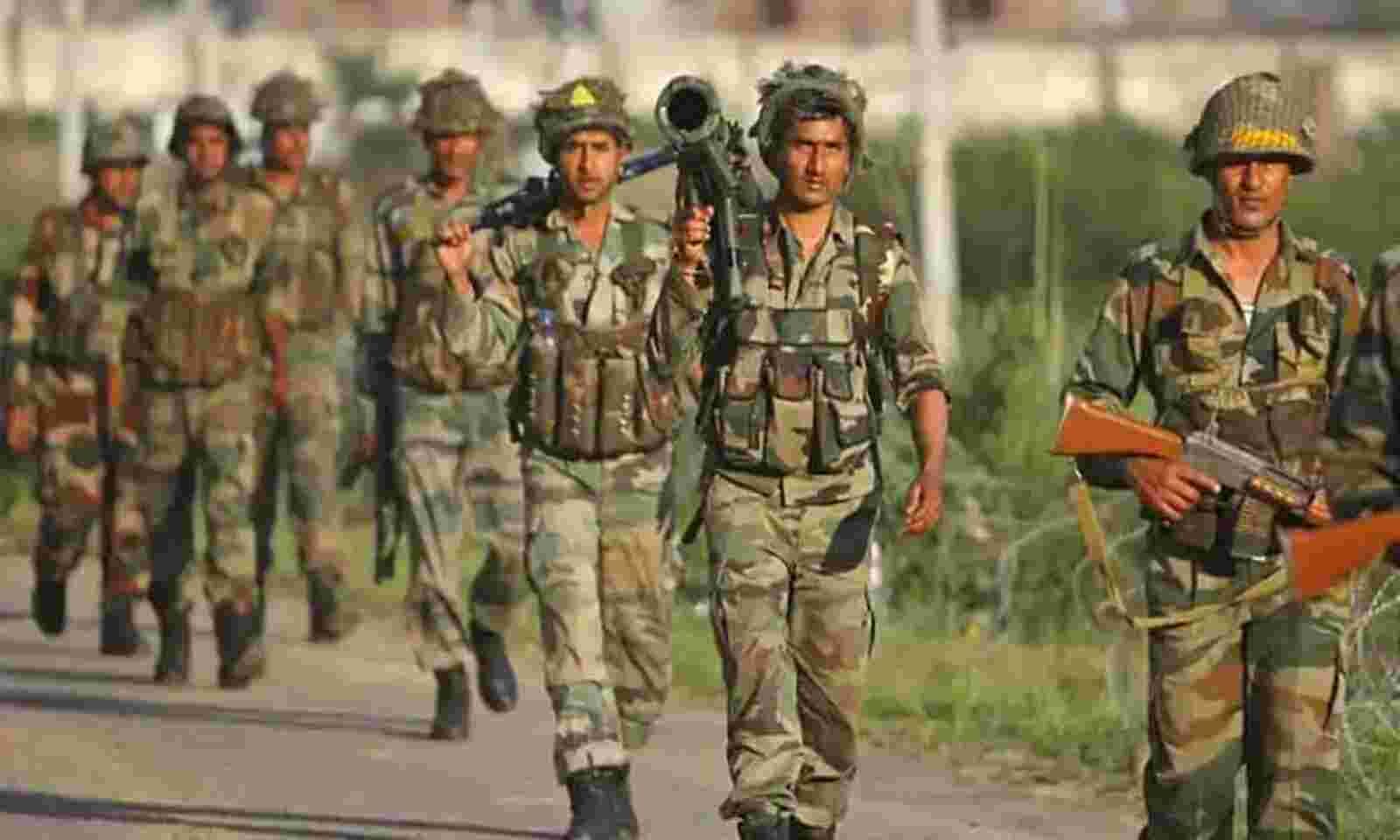A rewarding entourage?

The Central government's Agnipath scheme has the potential of transforming the entire recruitment system of the armed forces. The emergence of sharp critical voices against the policy among service personnel and aspirants is a sign that the scheme needed more consultation and retrospection before being brought into force. Besides, it remains unclear what impact it will have on India's employment scenario. The urge to hold extensive deliberations was even more important in the context that India's border relations with a couple of neighbouring countries is more precarious than ever before. The Tour of Duty, or Agnipath as it has come to be known, the scheme was envisaged in 2020 by Department of Military Affairs (DMA) with a view to curtailing the immense services pension pay-outs so that the acquisition of long-held and much-important military equipment can be made. DMA's concerns are not completely unfounded as pensions pay-outs have been accounting for a major share of India's defence budget outlay. In FY 2022-23 itself, service pensions amounted to Rs 1,19,696 crore of the overall defence budget of Rs 5,25,166 — a share of almost 23 per cent. While the intent of the government appears fine, it remains uncertain whether the Agnipath scheme can bring the desired results. And even if it does, what side-effects will it have? Apart from cutting the spend on pension pay-outs, another objective is to bring down the average age of service persons from 32 years to 26 years in a span of 6-7 years. This will certainly bring some degree of success to the government. The core objective, as Defence Minister Rajnath Singh puts it, is to ensure that "the profile of the Armed Forces is as youthful as the wider Indian population." The government, however, may not be aware of the pitfalls that the scheme will come with. In the first place, it demands four crucial years of a student's life and that too without the certainty of a stable career. Assuming that an aspirant gets selected at the age of 20, and she/he is not promoted for permanent office thereafter, the future course will be dark and the draftee will have to contend with all that his four years of experience has to offer. With this looming uncertainty, can a young mind and body be expected to sacrifice his all for the country. The intensity and maturity of armed forces that have been gained over centuries appear to be at the risk of being diluted by this temporary 'Tour of Duty'. It is a matter of speculation if something as sensitive as armed forces can be made open for the entourage of the young and inexperienced lot. It may also create a burden on the shoulders of senior officers in handling new recruits in the form of personnel below officer rank (PBOR). Another apparent objective behind the launch of "all India, all class" recruitment scheme is to tinker with specific class composition of Indian Army regiments. An abrupt denial of class regiments may sound fascinating on paper but it has to be borne in mind that the intra-regiment bonding and spirit have been major drivers behind the zealous performance of the Army. It might be a hasty move to directly or indirectly put a tab on the system. Most importantly, Indian Armed Forces have a rich history of their own across pre- and post-independent India. It also has acquired a standard benchmark of valour and professionalism which is globally accepted and praised. Altering the credentials of such a lofty institution must have been done only after extended deliberations. In fact, the government, in the first place, should have assessed deeply whether there was an urge to come up with such an intervention because Indian Armed Forces cannot simply be made a subject of experimentation.



